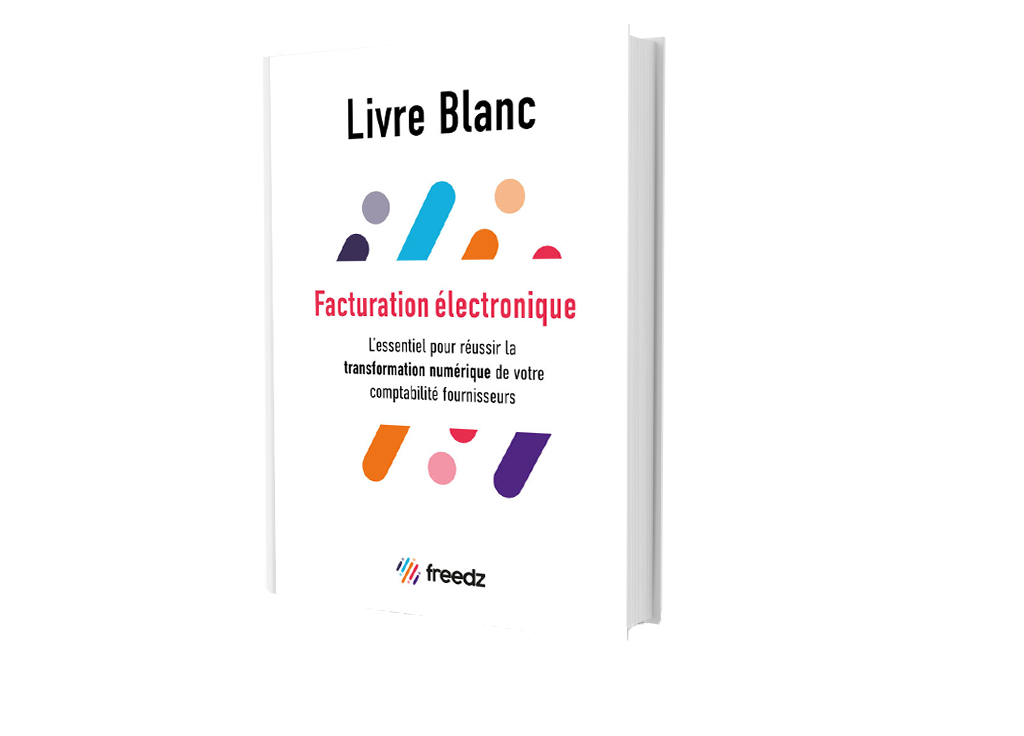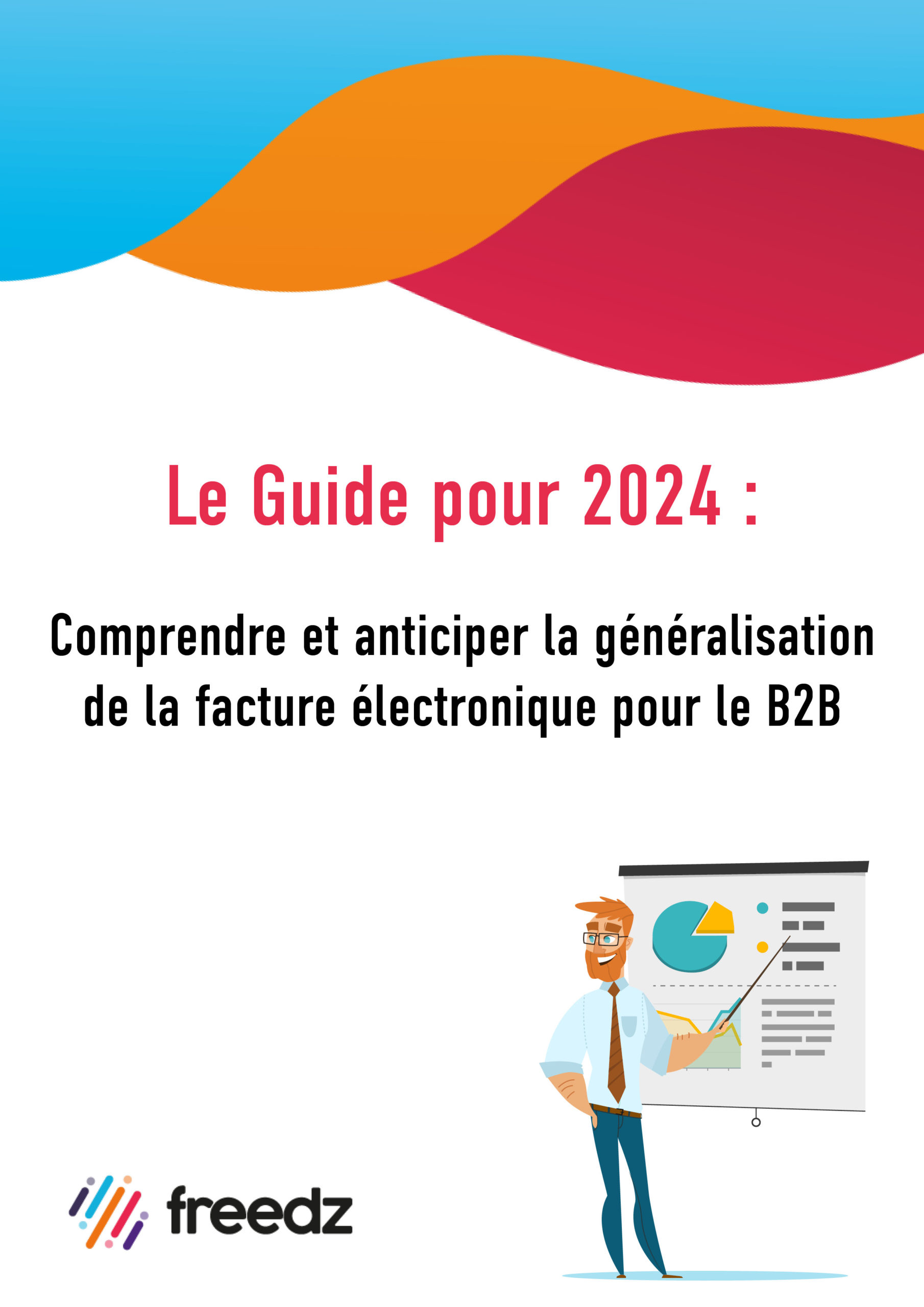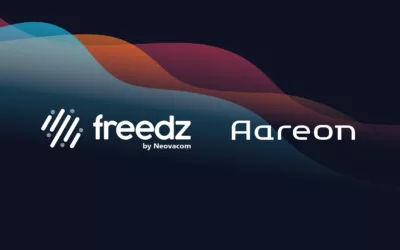E-reporting: everything you need to know about the obligation to transmit transaction data
Expected - even desired - by many companies, the postponement of the general introduction of electronic invoicing to September 1, 2026 should not be synonymous with complacency on the part of stakeholders. Rather, it represents an opportunity and time to deploy the system more serenely. While a great deal of work has gone into getting companies to understand what e-invoicing is, the subject of e-reporting needs to be better grasped by companies, as it complements electronic invoicing. In this article, we take a look at the objective, the companies concerned and the type of data transmitted.
What is the government's objective with e-reporting?
" The reform envisaged by the French government is part of the global trend towards the development of electronic invoicing and data transmission. " This sentence is taken from the DGFiP report of October 2020, in which the tax authorities explain what the generalization of electronic invoicing in France entails, and what objectives it meets. These 4 objectives are part of a more global approach aimed at simplifying countries' tax environment and combating fraud.
Article 153 of the Finance Act for 2020 sets these four objectives:
- Strengthen the competitiveness of companies by reducing their administrative burden;
- Simplify their VAT reporting obligations by pre-filling in returns;
- Improving fraud detection ;
- Improve real-time knowledge of business activity.
With e-invoicing, the tax authorities consider that inter-company invoicing data alone on domestic transactions is not sufficient to reconstruct a company's VAT situation, and therefore to combat fraud. E-invoicing must therefore be accompanied by the complementary obligation to transmit data, e-reporting, to ensure the transparency of transactions and facilitate the completion of VAT returns.
Who does e-reporting concern?
Companies must send the DGFiP data from transactions not covered by electronic invoicing. This concerns :
- Companies subject to VAT in France that carry out transactions with consumers;
- Companies trading with entities not subject to VAT or with companies not established on French territory.
Thus, the operations falling within the scope of e-reporting are those surrounding :
- Transmission of payment data on sales of services;
- Sales and services to foreign operators;
- Sales and services provided to private individuals.
These companies will have until September1, 2026 for large and mid-sized companies, and September1, 2027 for micro, small and medium-sized businesses, to prepare for this obligation. From that date onwards, they will have to send information relating to these transactions to the tax authorities. This will depend on the tax regime to which they are subject:
- Company with normal monthly sales: e-reporting is weekly and takes place three times a month over a 10-day period;
- Quarterly standard or simplified standard: e-reporting of data for month M takes place the following month (M+1);
- Companies benefiting from the basic exemption: e-reporting of their data for the previous two months is carried out at least once every two months.
What data will be transmitted?
The data to be transmitted as part of e-reporting is defined in article 242 nonies M of the French General Tax Code, appendix II.
- The company's identification number;
- The period for which the transmission is made or, for transactions giving rise to an electronic invoice, the invoice date;
- The words "option for payment of tax on debits" where applicable;
- Transaction category: supplies of goods or services subject to VAT, or supplies of goods and services by taxable persons established in France but not located in France.
- The total amount before tax and the amount of the corresponding tax;
- Total amount of tax due in France;
- The motto;
- Transaction dates;
- The number of daily transactions (excluding those subject to electronic invoicing) ;
- Invoice number (operations subject to electronic invoicing).
The special case of payment data
The e-reporting of payment data concerns the provision of services within the scope of e-invoicing and e-reporting, with the exception of those for which VAT is self-assessed by the customer or where the service provider has opted for VAT on debits. The data transmitted will be :
- Collection date,
- The amount received, including VAT, broken down by VAT rate,
- The motto,
- The corresponding transmission period,
- Invoice number, if issued.
E-reporting: how to transmit information?
The company transmitting the information to the tax authorities is the one carrying out the transaction. Two options are available:
- Alternatively, you can go the direct route and submit your data directly to Chorus Pro, the Public Billing Portal (PPF) of the French tax authorities;
- Or it can use the indirect route, letting a partner dematerialization platform (PDP) transmit the data to the tax authorities on its behalf.
The information transmitted will be used to pre-fill VAT and anti-fraud declarations.
If you generate electronic invoices for your individual customers, it will be possible to submit them directly via the digital and structured format on a PDP or via the PPF, which will identify the data required for e-reporting.
Read also: Reform 2024: how to choose your electronic invoicing platform?
Failure to comply with the e-reporting obligation is punishable by a fine of €250, capped at €15,000 per calendar year.
PDP or PPF: which will it be?
Both platforms are authorized to collect transaction and payment data, and transmit them to the administration. The difference will therefore lie in the additional functionalities, and in the fact that PDPs will be more comprehensive, incorporating a business dimension that PPF does not.
To find out more about the two platforms, we invite you to read our full article on the subject: Understanding the differences between PPF, PDP, OD... and choosing the right platform.
Future PDP, the Freedz platform specializes ininvoice automation and dematerialization. Our teams will be happy to support you in this transition and answer any questions you may have on the subject. Contact us today!
Automating the sending of invoices on Chorus Pro: the first steps towards widespread electronic invoicing
Since 2020, any company dealing with a public entity must submit its invoices on the Chorus Pro platform. This obligation stems from law no. 2014-1545 of December 20, 2014 on simplifying business life and concerns all...
Acknowledged invoice: definition, legal value and status
An optional means of proof of payment, the acquittée invoice may be requested in the context of commercial relations or for the payment of grants or subsidies. It is an accounting document that serves as proof of receipt of payment by a supplier...
Freedz & Aareon partnership
Automate the processing of your invoices by dematerializing their collection and issue thanks to the Freedz platform and its automatic integration into Aareon's PIH or PRH software packages.Aareon, European leader in information systems and digital solutions...
Our most popular free resources:

White paper: the essentials for a successful digital transformation of your accounts payable
This white paper provides answers to the main questions you may have when making the transition to electronic invoicing, as well as the points to watch out for in order to successfully complete your project.

The Guide to 2024: everything you need to know about the widespread use of electronic invoicing
This guide contains all the information you need to understand the new legislation and to anticipate this change.

Case Study: Improve Accounts Payable Efficiency While Maintaining Control
In order to improve its supplier relations and enhance the value of its employees' missions within the accounting department, Halpades has chosen to completely dematerialise its supplier invoices thanks to Freedz.






